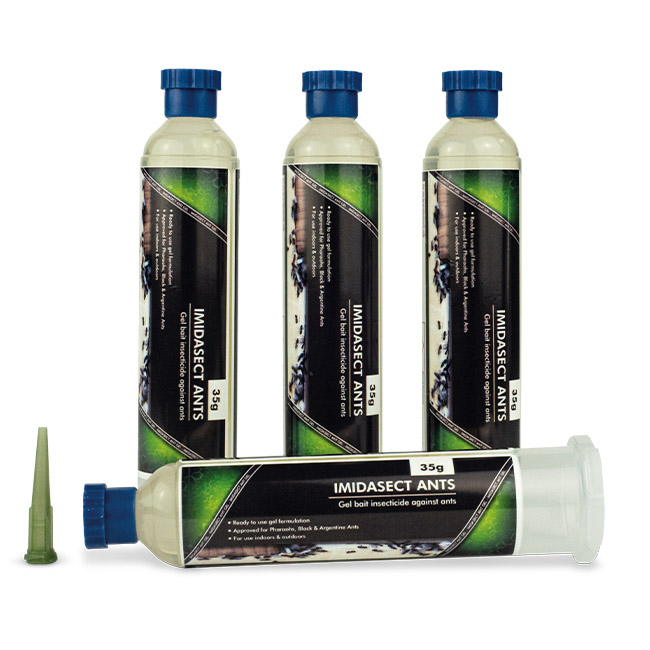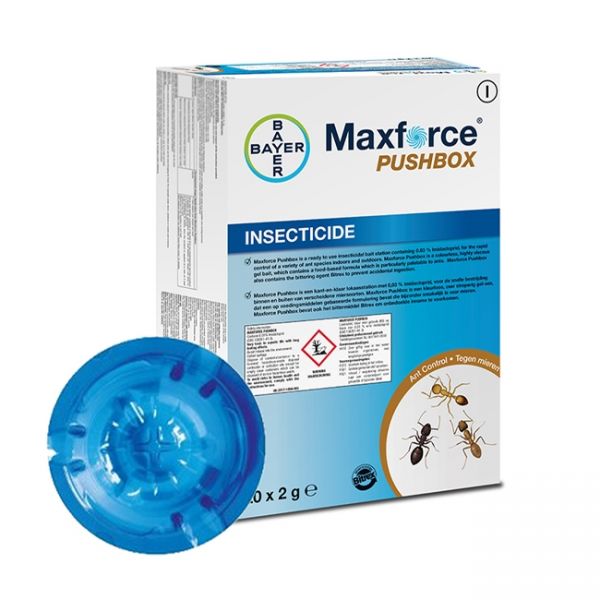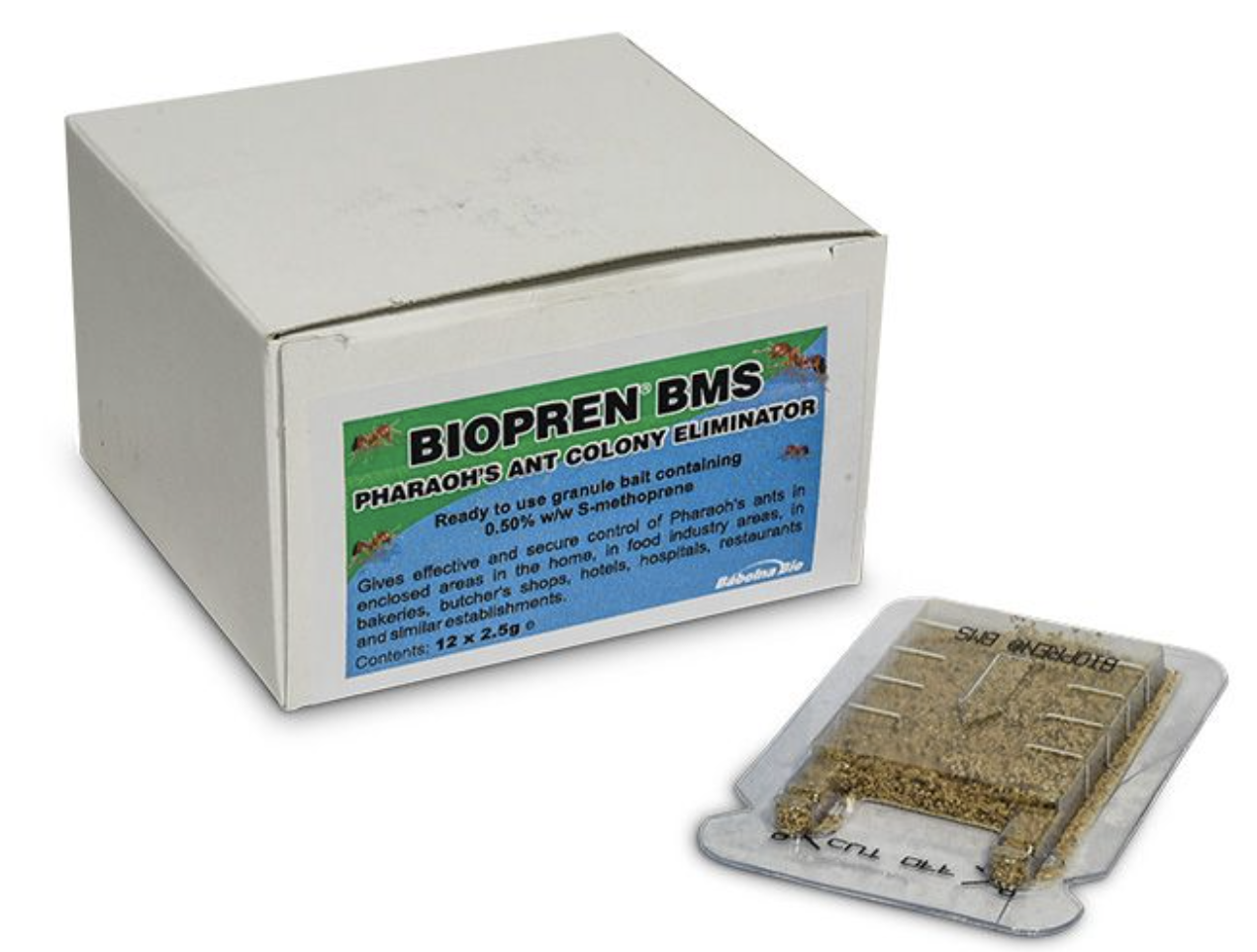Pharaoh’s Ant (Monomorium pharaonis)
Pharaoh's Ant (Monomorium pharaonis)
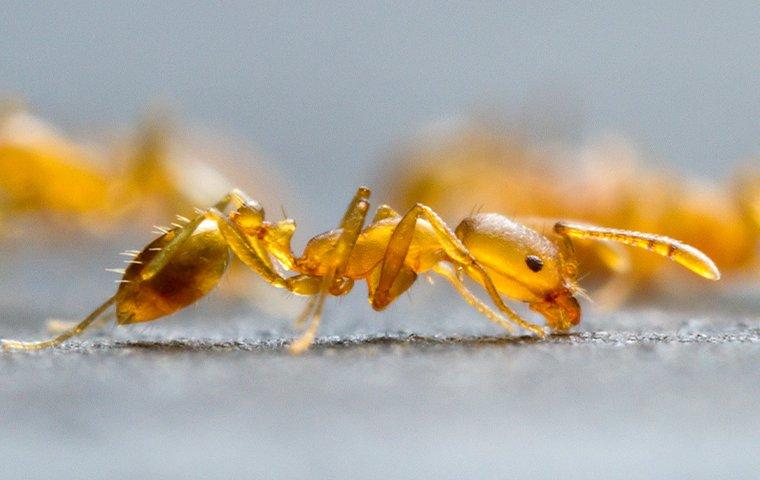 |
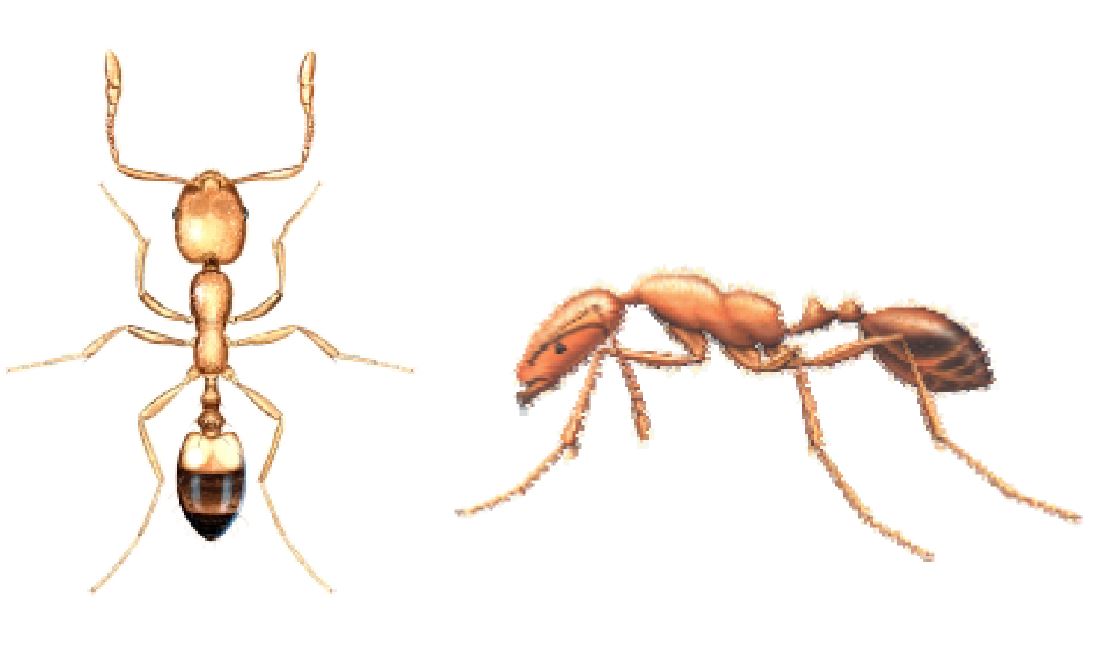 |
Identification:
Workers are only 2mm long, the Queen 5mm long and both are yellow in colour with darker markings on the abdomen. In temperate climates it is an indoor species associated particularly with large facilities such as hospitals, prisons and blocks of flats. Pharaoh's ants may carry disease organisms and they will contaminate wounds and sterile materials, which is especially important in hospital environments. Their ability to travel through ducting and buildings means infestations can become very widespread.
Biology:
** no associated biology?
Control:
The use of insecticide sprays and powders against these ants is not recommended. This is because the chemicals in them cause nests to split up. As the nests can contain several queens this can result in a single nest splitting up to become several and in the long run making matters worse. Successful control can only be brought about by using baits that worker ants feed on and then take back to the nest to feed the queens and juvenile stages. Baits can either contain tiny amounts of a poison that will kill the ants after a short period of time or an insect hormone that disrupts the breeding success of the queens and prevents the juvenile ants from developing properly into adulthood. Complete eradication can take up to 13 weeks using the above control methods, although a reduction in ant numbers should be noticed after 28 days.
Products to control Pharaoh's Ants:
|
Imidasect Ant Gel (35g tube) |
Maxforce Pushbox (20 x 2g) |
Biopren BMS (12 X 2.5g Sachets) |

